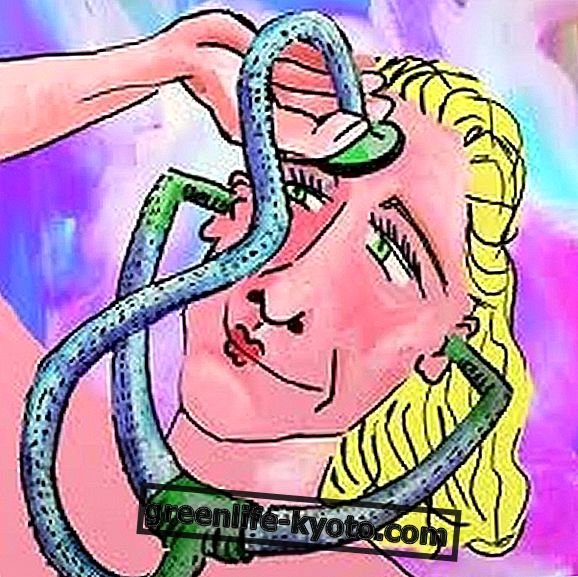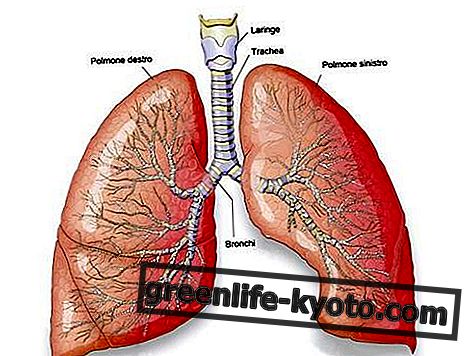Feeding during breastfeeding must be healthy and balanced, so as to promote milk production and contribute to the health of the mother and baby. Let's find out more about the advice and guidelines.

Breastfeeding
According to the most important national and international guidelines, breast milk is the ideal diet for the newborn .
The breastfed newborn does not need anything else, not even water, up to the age of 6 months, unless otherwise advised by the pediatrician (for example in the case of infants with insufficient growth or particular disorders).
In fact, breast milk offers young children all the nourishment they need and adapts to different nutritional needs, which change over time, but also in the context of the same day. In fact, its formulation is always different precisely because it follows the needs of the child.
The benefits of breastfeeding are many: it is easily digestible, strengthens the immune system, protects against infections, promotes the emotional bond between mother and child, is associated with a lower risk of morbidity due to obesity and developing allergies.
According to the guidelines of the Italian Society of Neonatology, breast milk can be offered to the child even after the introduction of solid foods, up to two years of age and even beyond, if mother and child wish it.
However, in order to feed properly during breastfeeding, the woman needs to follow a correct and balanced diet.
Feeding during the breastfeeding phase
Breastfeeding requires an additional calorie intake of around 350-500 calories a day. It is not true that it makes you fat, as an old myth claims; on the contrary, on the contrary, thanks to the energy expenditure that it requires, it helps the mother to get back into shape faster, after giving birth.
Feeding for breastfeeding must favor certain foods and avoid others. Specifically, the diet of the breastfeeding mother must contain foods rich in protein, cereals, lots of seasonal fruits and vegetables.
Let's debunk another false myth: there are no foods that, taken individually, are able to favor the production of milk. However, there is a correct diet, which promotes breastfeeding; that is, the diet must be as healthy and balanced as possible; even good hydration helps.
It is also true that the foods taken by the mother with food are able to alter the taste of the milk and make it, therefore, more or less pleasant for the child. Fennel, for example, generally gives a sweet taste, which newborns often like, while artichokes, asparagus, garlic and onions can give it a little taste that the little one likes.
In the context of proper nutrition for breastfeeding it is then advisable to take some precautions:
- Not smoking;
- Don't drink alcohol;
- Do not exceed in the consumption of coffee, tea and, in general, of caffeinated drinks;
- Always seek medical advice before taking medications, including over-the-counter medications and natural remedies;
- Especially in the first months, avoid foods that can cause allergies, for example shellfish, chocolate and strawberries.
You can learn more about homeopathic remedies for treating allergies

Curiosity
A popular myth holds that drinking beer can increase milk production, so much so that, until recently, it was possible to see beer bottles on the bedside tables of women who had just given birth, even in hospital rooms. Nothing could be more wrong.
Not only is it not true, it is also dangerous. During breastfeeding, in fact, in the diet of women there must not be alcoholic beverages, as alcohol can seriously harm the child.













